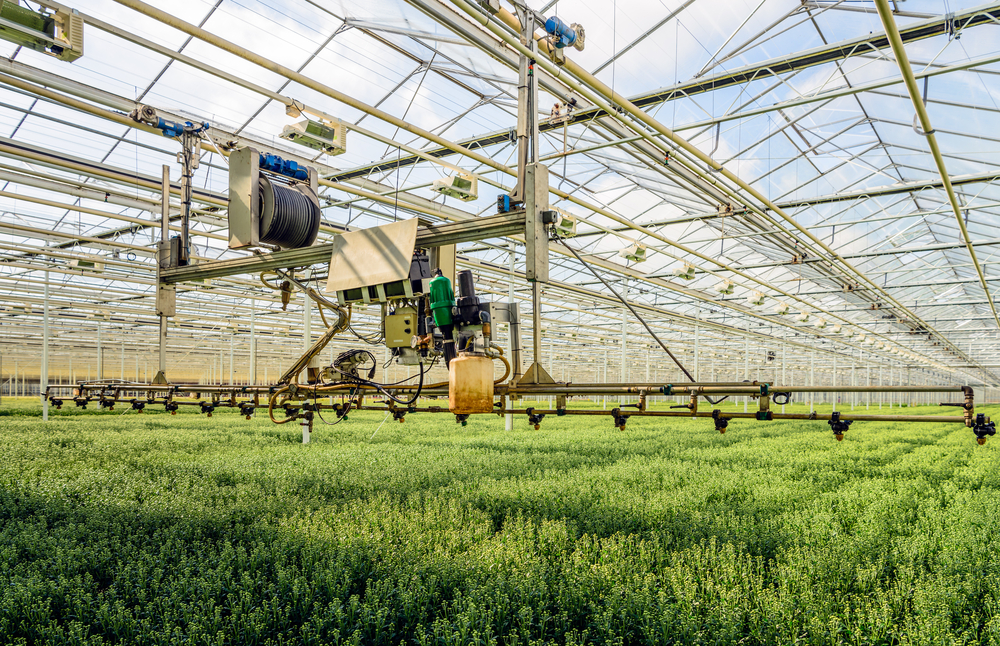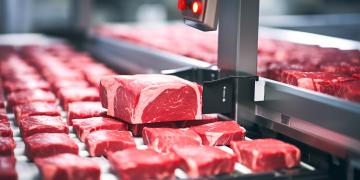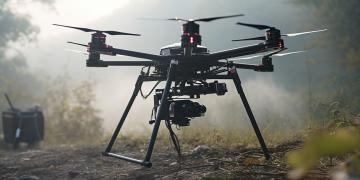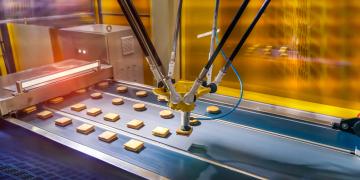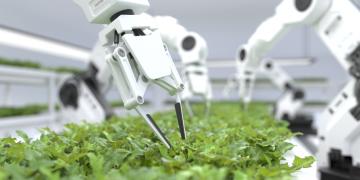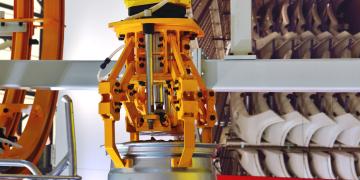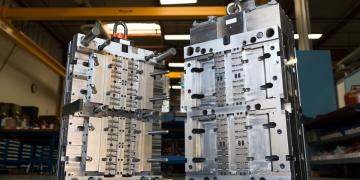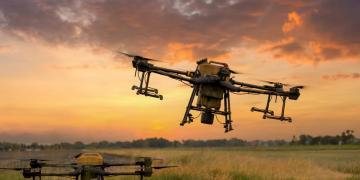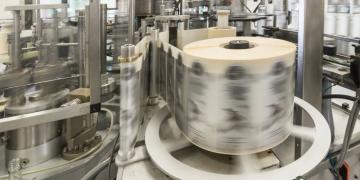As robotics become more commonplace, their applications continue to spread into new markets. This is the case with dispensing robots, which are useful specifically in the agricultural and food and beverage industries. Dispensing refers to a class of applications which includes displacing liquid, vapors, or solids onto a product or into containers. How these robots are used and when they are best applied are commonly misunderstood. This article reviews the standard dispensing applications in these industries, which robot types are best for these tasks, and how to integrate them.
Dispensing Applications in Agriculture and Food & Beverage Industries
Knowing your project's requirements fall within a standard robot application can provide advantages throughout your automation journey. Typical applications introduce fewer unknowns and generally have reduced integration costs. Additionally, certain suppliers offer ready-made robotics packages for some standard use cases, providing even lower costs and higher confidence in your investment. Examples of a few traditional dispensing applications in agricultural or food and beverage include:
- Bottle filling
- Seeding
- Paste dispensing
- Fertilizing
- Spraying pesticide
- Food dispensing
Best Robot Types for Dispensing Applications
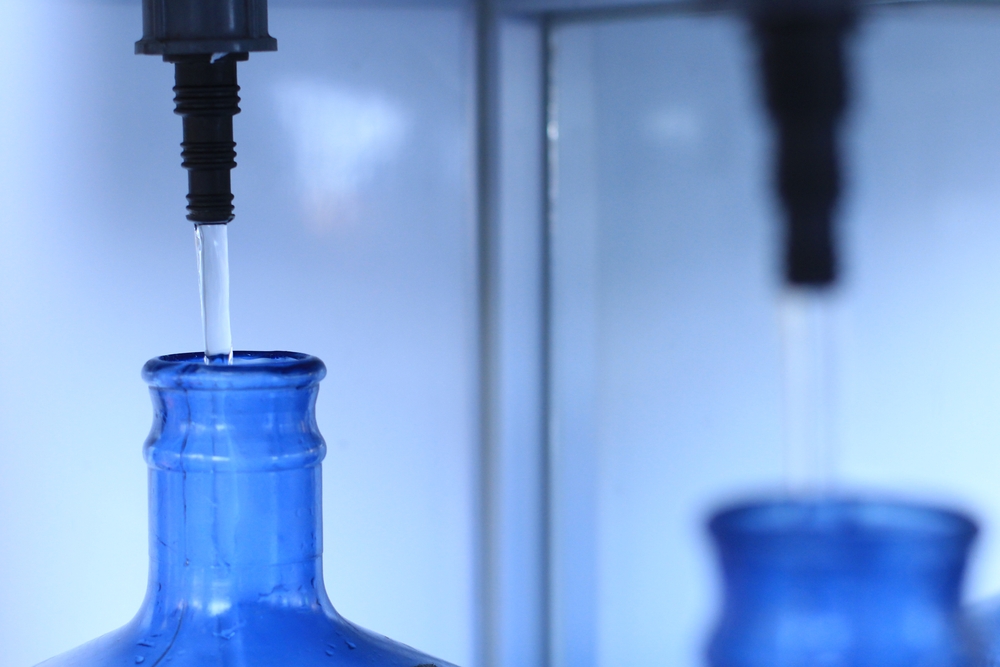
Most robot types can perform dispensing tasks thanks to their simplicity. However, it should be no surprise that some robots are more suited for this application than others. Knowing these common robot types, along with their strengths and weaknesses, will help you determine which robot is best for you.
SCARA
The SCARA is an excellent choice for many dispensing applications due to its vertical orientation. This ensures there often isn’t any tilting of the tool head, which is important due to the fact that many applications do not require dispensing at an angle. Instead, the tool is raised and lowered vertically into the work area. For these types of applications with less demanding reach requirements, the SCARA is an acceptable choice. Bottle filling is an excellent example of this type of application. However, tasks requiring dexterous motion of the tool head are not a good fit for the SCARA as it is unable to move in this way.
Cartesian
Cartesian robots are often used for larger dispensing applications and have low dexterity demands. Large, gantry-style cartesian robots are able to be scaled beyond any other industrial robot type. These robots have the same dexterity limitations as the SCARA but do not suffer the same reach limitations. However, these robots are massive and can be challenging to redeploy. Example applications include tasks like agricultural seeding and pesticide application tasks.
Six-Axis
The jack-of-all-trades six-axis robot was bound to make this list. Its combination of reach and strength is ideal for medium-sized applications of moderate reach demands and heavy tool heads. This robot also has the benefit of additional dexterity, allowing it to contort itself in complex angles. This robot is great for most dispensing applications such as bottle filling, paste dispensing, and food dispensing. However, this robot is reach and payload limited. Additionally, this robot can be more expensive than a SCARA if the dexterity benefits are not needed.
Ready to start receiving quotes but don’t know where to begin? HowToRobot has access to an extensive database of diverse suppliers worldwide. So get connected today to start receiving offers and quotes for your automation projects.
Primary Considerations When Integrating a Dispensing Robot
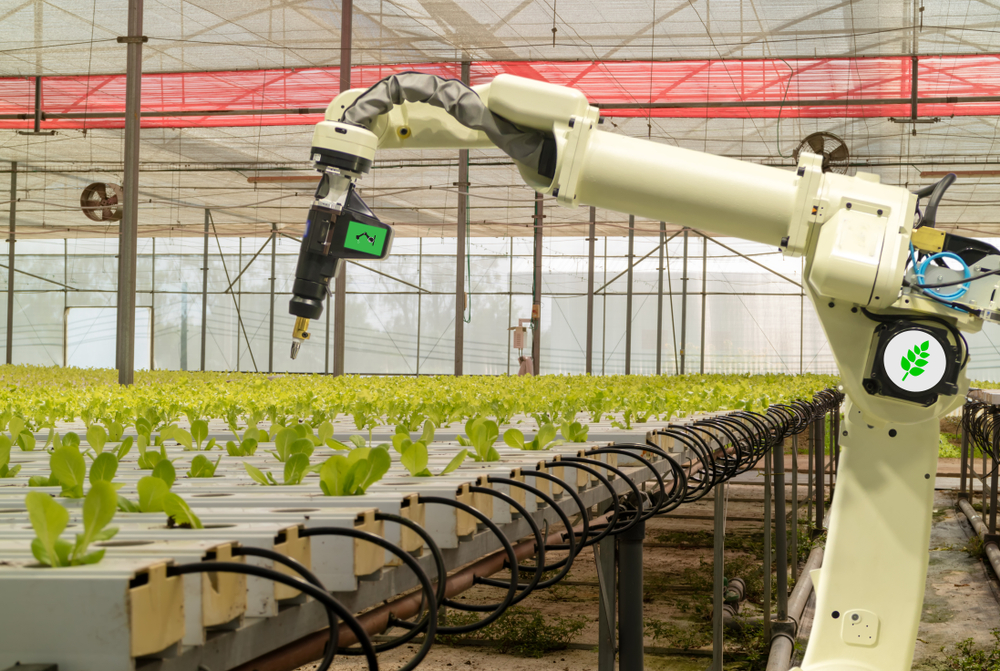
What key factors do you need to focus on when automating your dispensing application? There are some critical factors to consider to ensure success on your automation journey.
Major Considerations
The primary consideration is the type of robot. Which robot you choose has the most significant impact on the success of your automation project. For example, one limitation of a SCARA is its reach. If an application requires the robot to have considerable reach to complete its task, the SCARA might be ineffectual without serious redesigns. The robot must match the job to be successful.
Tool head selection is critical for dispensing applications. Dispensing tool heads are highly specialized equipment with precise design requirements depending on the dispensing type. For example, a paste dispenser looks and operates much differently than a solid fertilizer dispenser. Tool head selection also includes the nozzle. Nozzle designs significantly impact how the media behaves once it leaves the dispenser. Different designs influence the speed of application, shape, and size of dispensed media.
Working with an integrator versus a specialized equipment provider is another primary consideration. Specialized equipment providers have pre-designed packages that meet pre-defined requirements for typical applications. These packages often have lower costs and quicker integration timelines. However, you might have limited flexibility in making necessary changes to the package to fit your specific application. Providers will vary in this manner. Integrators custom-build every automation package. This means you will command a common solution leading to higher costs and longer project cycles. This is because design and integration timelines are drawn out with custom projects. Which is right for you is dependent on your application and project goals.
HowToRobot can help you formulate these project goals. We have tools to assist you at all stages of your automation journey. Check out our step-by-step approach here.
Common Challenges with Dispensing Robots
Understanding specific challenges associated with dispensing robots can help you avoid any potential issues early on. Addressing these issues with your suppliers reduces the risk of project failure.
Choosing the Right Application
Challenges in choosing the right dispensing tend to revolve around a few key factors. First, a low volume, high variance production schedule can be a challenging application. The robot can undoubtedly handle this scenario, but you will be spending significant time, money, and effort reprogramming the robot to handle new tasks and product types.
Maintenance
Dispensing robots are more prone to maintenance-related issues than other robot types. The media dispensed by these machines may cause problems for the tool head and the robot if not maintained in proper condition. This includes regular cleaning, temperature controls, and humidity controls where possible. This helps ensure that your equipment will stay in working condition and perform at a high level.
Dispensing Repeatability
The increase of accuracy and precision of robotics compared to humans is a massive driver for manufacturers to move to automation. This is still true regarding dispensing applications. However, a common issue with dispensing tooling is inconsistent application quality. This can happen for several reasons, such as poor temperature regulation, air in the line, and a poor match between tooling and applied media.
Choosing the Right Dispensing Toolhead
Choosing the right tool head for the task is crucial for success. Misapplied dispensing tool heads can hurt your dispensing performance. Your tool head supplier will be able to help you choose the right equipment for the job.
Multiple Toolheads
It is common to use multiple tool heads for a complex application. This usually happens when numerous media or nozzles are required to make a finished product. An example of this might be a bottle filling application where the robot picks up a different tool head for each liquid to be dispensed. Using multiple tool heads with one robot is a complex but solvable challenge. Many suppliers can provide tool change systems for these complex tasks.
Manufacturers in these industries are finding returns by automating their dispensing process. Regardless of the dispensing application, there is a place for automation for these manufacturers. Increases in speed, consistency, and cost reductions can drive significant returns for companies leveraging robotic dispensing. Now that you understand how these robots are applied, the associated challenges, and the benefits to be gained, are you more inclined to automate?
Are you ready to begin your automation journey? HowToRobot can help you get started today. Check out our website for more information.

